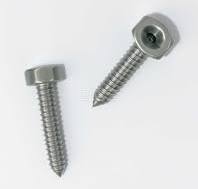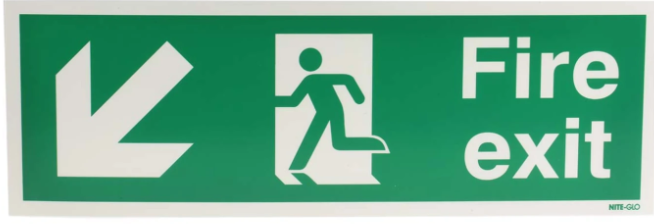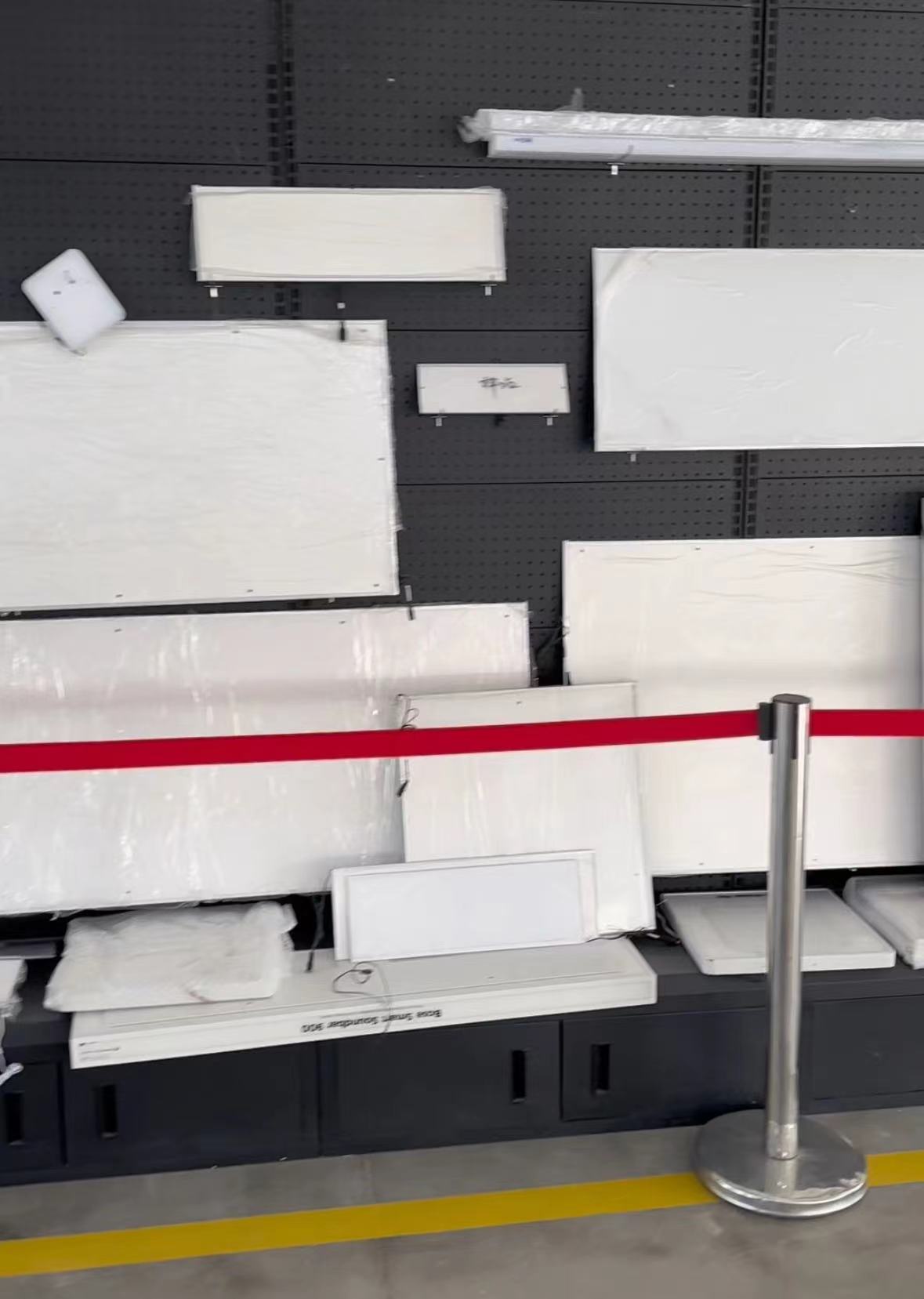The Role of Screws in Light Panels
Feb 05,2025
By:
In the construction of light panels, every component plays a critical role in ensuring functionality, durability, and efficiency. Among these components, screws might seem like a minor detail, but they are essential to the overall structure and performance of the panel. This article explores the significance of screws in light panel assembly and why they are indispensable.
1. Structural Stability
Screws are the backbone of the physical structure of a light panel. They hold the various components together, such as the frame, diffuser, LED modules, and backplate. Without screws, the entire assembly would lack the rigidity needed to remain intact during installation, transportation, or prolonged use.
- Tight Fit: Screws provide a secure and reliable connection that prevents parts from shifting or becoming loose over time.
- Durability: High-quality screws resist wear and tear, ensuring the panel remains stable even under challenging conditions, such as vibrations or exposure to heat.
2. Easy Maintenance and Adjustments
Unlike adhesives or welding, screws allow for easy disassembly and reassembly. This makes them particularly valuable for light panels that may require:
- Repairs: If an LED module, power supply, or other component malfunctions, screws enable quick access for replacement or repair.
-Upgrades: Screws make it possible to upgrade the internal components, such as swapping older LEDs for newer, more energy-efficient ones.
-Customization: Screws provide flexibility for modifying the panel design or configuration without damaging the structure.
3. Ensuring Proper Alignment
Light panels rely on precise alignment to achieve uniform illumination. Screws play a vital role in this process by:
- Securing Components Firmly: Screws ensure that LED strips, reflectors, and diffusers remain in their designated positions, preventing misalignment that could lead to uneven lighting or dark spots.
- Fine Adjustments: Certain screws are designed to allow slight positional adjustments, enabling installers to fine-tune the alignment for optimal performance.
4. Supporting Heat Management
In LED light panels, managing heat is critical for maintaining performance and prolonging lifespan. Screws contribute to this by:
- Attaching Heat Sinks: Screws are used to secure heat sinks to LED modules or other heat-generating components, ensuring efficient heat dissipation.
- Tight Connections: By firmly securing the panel's frame and other components, screws help reduce gaps that could interfere with airflow and cooling.
5. Enhancing Safety
A poorly assembled light panel can pose safety risks, such as falling components or electrical hazards. Screws enhance safety by:
- Providing Secure Mounting: Screws are used to attach the panel to walls, ceilings, or other surfaces, preventing accidents caused by instability.
- Protecting Wiring: Screws help secure covers and housing that shield internal wiring from damage or exposure.
Though they may seem like a small detail, screws are a fundamental part of light panel construction. They provide structural stability, enable easy maintenance, ensure proper alignment, support heat management, and enhance safety. Choosing the right type of screws—taking into account material, size, and corrosion resistance—can significantly impact the performance and durability of the light panel.
In light panel design and assembly, every detail matters, and screws are no exception. Their humble yet vital role ensures that the panel operates effectively and reliably, making them an unsung hero in lighting technology.


















